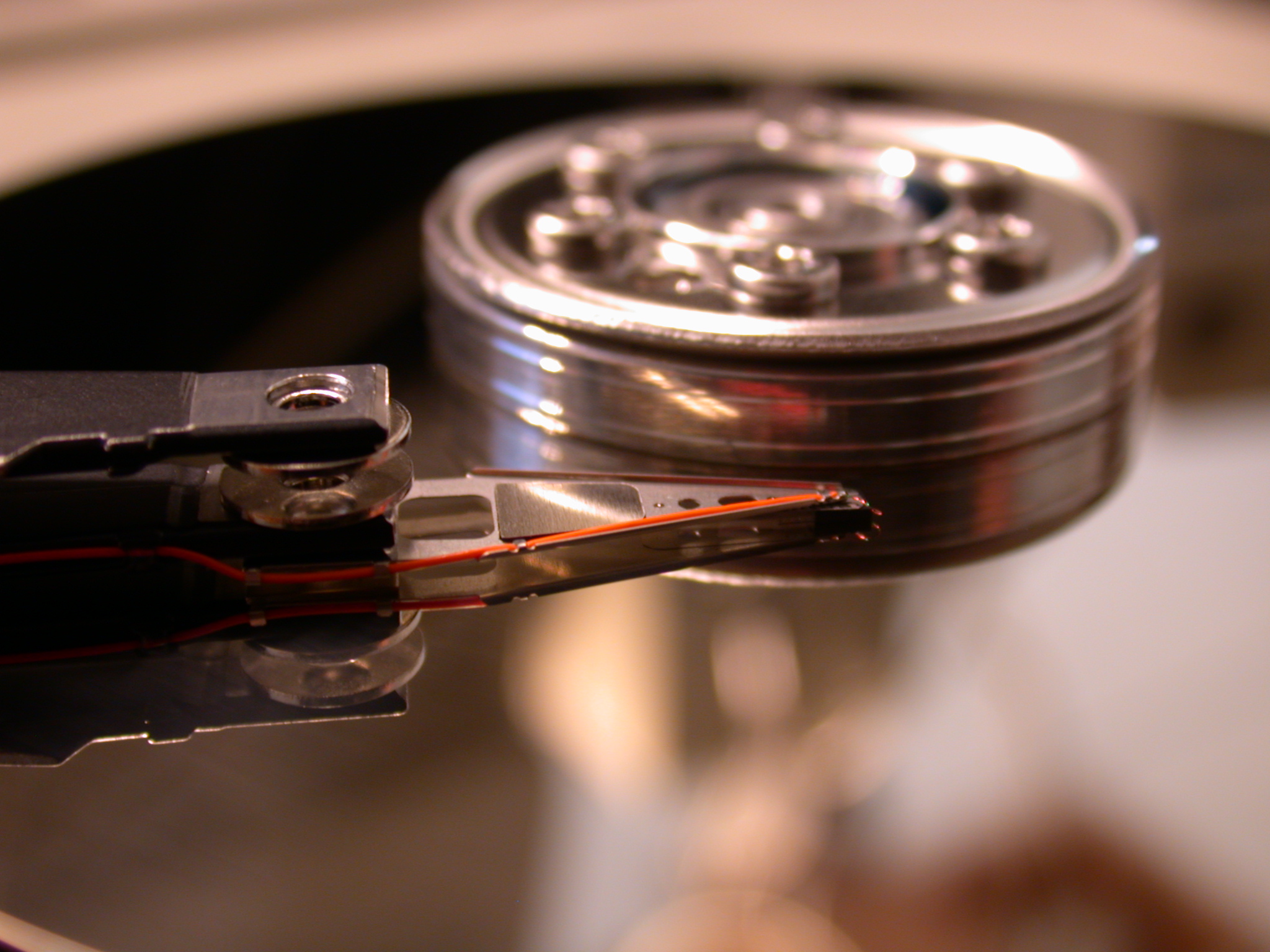 Ditch the template "About Me" page with a 38-second elevator deck: slide 1 is a razor-sharp value proposition, the second frame displays three metrics (code deltas, internship ROI, grade swing), scene three embeds a 10-second screen recording of your hot-reload loop, fourth card lists three micro-certificates and serial codes, slide 5 is a bar chart of user growth you engineered, sixth gives a Calendly link, slide 7 ends with a QR code to your secrets gateway. Recruiters at 2024 Q2 career fairs spent average 36 s on portfolios that followed this flow; interview invitations jumped 2.7× versus story-heavy sites.
Ditch the template "About Me" page with a 38-second elevator deck: slide 1 is a razor-sharp value proposition, the second frame displays three metrics (code deltas, internship ROI, grade swing), scene three embeds a 10-second screen recording of your hot-reload loop, fourth card lists three micro-certificates and serial codes, slide 5 is a bar chart of user growth you engineered, sixth gives a Calendly link, slide 7 ends with a QR code to your secrets gateway. Recruiters at 2024 Q2 career fairs spent average 36 s on portfolios that followed this flow; interview invitations jumped 2.7× versus story-heavy sites.
Remove-Item -Path "$env:LOCALAPPDATA\Google\DriveFS\*.lock" -Force
Check the logs folder for repeated "acquire_lock_failed" entries. If the count passes 50 in one minute, relabel the entire DriveFS folder to DriveFS_backup and relaunch; the client rebuilds a fresh database in ~3 min for 30 k files.
Switch Link default to "Restricted" and add client Gmail only
Open the kebab menu beside the blue "Copy link" button → "Change link to restricted" → "Done". The URL now grants access for people you whitelist.
Extract the ID string and craft the direct URL ending in /view
Extract the ID file identifier from any address bar: it lurks between /d/ and the next /. Drop it at the end of https://drive.google.com/file/d/, then append /view. The result looks like https://drive.google.com/file/d/1AbC3dEfGh4IjKl5MnOpQrStUvWxYz67A/view; open it in an private tab to confirm the asset loads without login.
Keep every asset–styles, scripts, media–inside the one repo; local paths load faster and avoid mixed-content warnings. Enable Actions → Pages → Deploy from branch, select main / (root) to trigger auto rebuilds on every push.
Ctrl-click the asset inside the synced folder, choose Share → Copy link → Public, toggle the permission to Read-only, snag the link, drop it into Teams or Confluence—done. No zips, no one-day timeouts, no attachment limits.
Launch the integrated Chrome Network Diagnostics to spot OAuth token failures
Open chrome://internals in a blank tab, choose Drive in the sidebar list, then hit Check auth. A red Token refresh error line uncovers the specific OAuth endpoint that spat back 401/403, the outdated permission set, and the aged refresh-token age in seconds.
Secondary-click the item inside the shared folder, select Obtain link, replace the final slash to /pdf?export=1, and glue &fileId=FILE_ID. Slap the tweaked string into email; recipients access it right in the viewer without credentials, and download counts update in instantly.
pCloud users: swap the final raw=0 to raw=1 and add direct=1. OneDrive users: switch preview? for content? and tack &inline=true. The same rule applies everywhere–reader decides solely it spots the header.
Harvest postings: export the last 90 days of postings on LinkedIn, AngelList, RemoteOK. Filter by 0–2 y.o. experience, keep only roles with ≤15 applicants. Sort by "posted 24 h ago". The 3 most repeated 4-word phrases are your micro-niches.
Gauge pool: paste each phrase into Google with site:linkedin.com/jobs. A viable niche returns 30–80 open roles worldwide. Below 30 → budget cuts; above 80 →
Project 2 (mid-tier): Preact + Create Google Drive direct Link Auth; limit at 150 lines JSX. Use `react-snap` for serverless export; Lighthouse ≥ 95 or redo.
If the original address already contains /view, snag nothing else—just trim everything after the ID
Streamline: Helpers including Power Automate or Hammerspoon can paste the live timestamp through just one keystroke.
Store: Toss all dated copies into a folder named "_frozen" so they can’t pollute live drafts.
Review: A fast sort by name shows every frozen version by date–no requirement to dig into version history.
Wrap Multiple Photos into One Shareable Link with a Google Drive Folder
Move every JPG into a single folder, ctrl-click it, pick Get link → Anyone with the link → Viewer, copy the URL, replace /edit?usp=sharing with /preview and append ?rm=minimal so the header bar vanishes; this loads the entire set as an instant full-screen slideshow for the recipient.
Host the deck on a sub-$6/month static site (Render static) and route it through a .me domain grabbed for $3 with Namecheap edu code. Set cache-control: max-age=3600 so campus recruiters loading the site on shaky eduroam still see first paint in <800 ms. A/B tests run by MIT UX show every extra 500 ms load time past 1 s kills recruiter dwell time 11 %.
Wipe the DNS cache at once. Windows: ipconfig /flushdns. macOS 10.15+: sudo dscacheutil -flushcache && sudo killall -HUP mDNSResponder. systemd-based Linux: sudo systemd-resolve --flush-caches. Chrome users should also wipe the internal cache at chrome://net-internals/#dns and press "Clear host cache".
Need a static index page? Run =IMAGE("https://drive.google.com/thumbnail?id="&A2&"&sz=w1920") down column B in Google Sheets, populate column A with file IDs exported via drive.google.com/drive/u/0/search?q=parent:FOLDER_ID, then choose File → Publish to web → HTML. The auto-generated table renders clickable thumbnails that launch the high-res copy in a new tab, and the sheet refreshes within five minutes of any upstream change.

